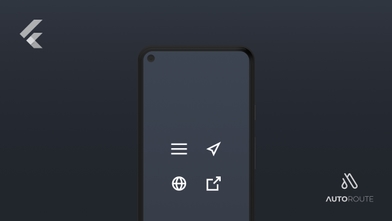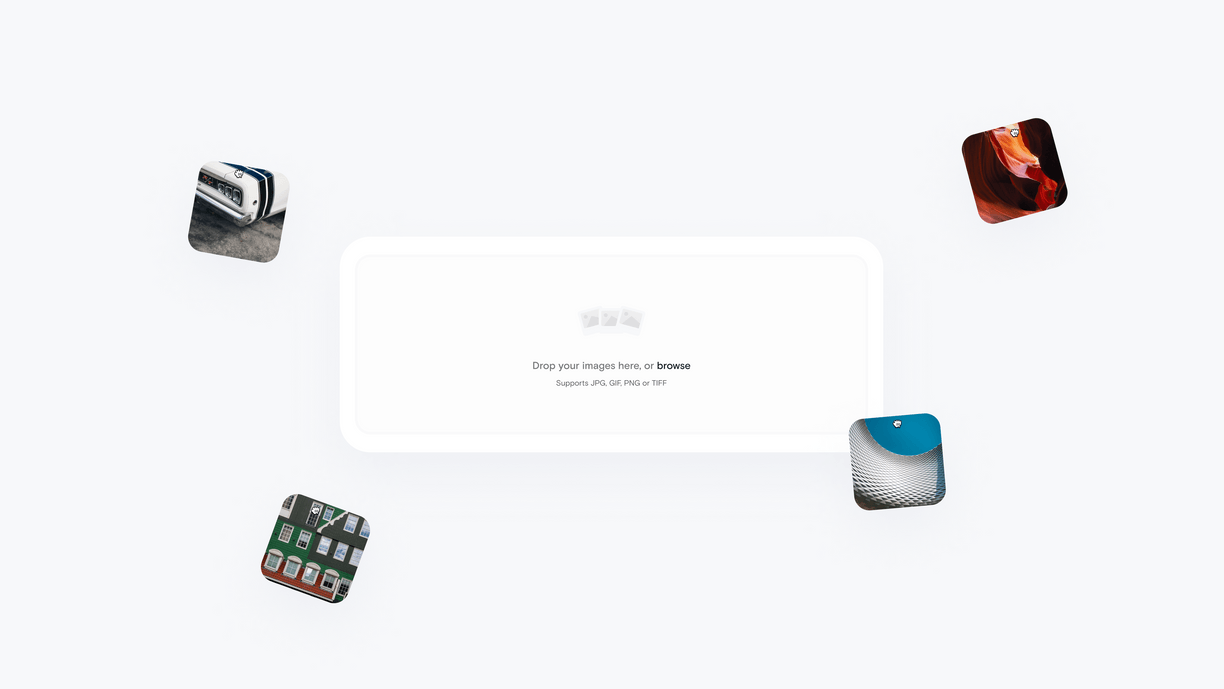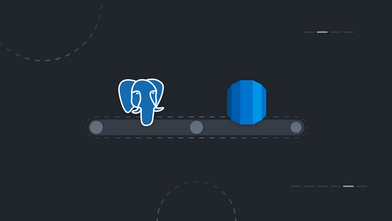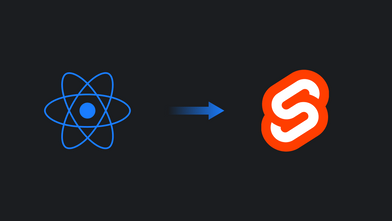Here at Coletiv, we adopted Elixir in 2017. And to build a full-blown GraphQL service we use Absinthe, a GraphQL implementation for Elixir.
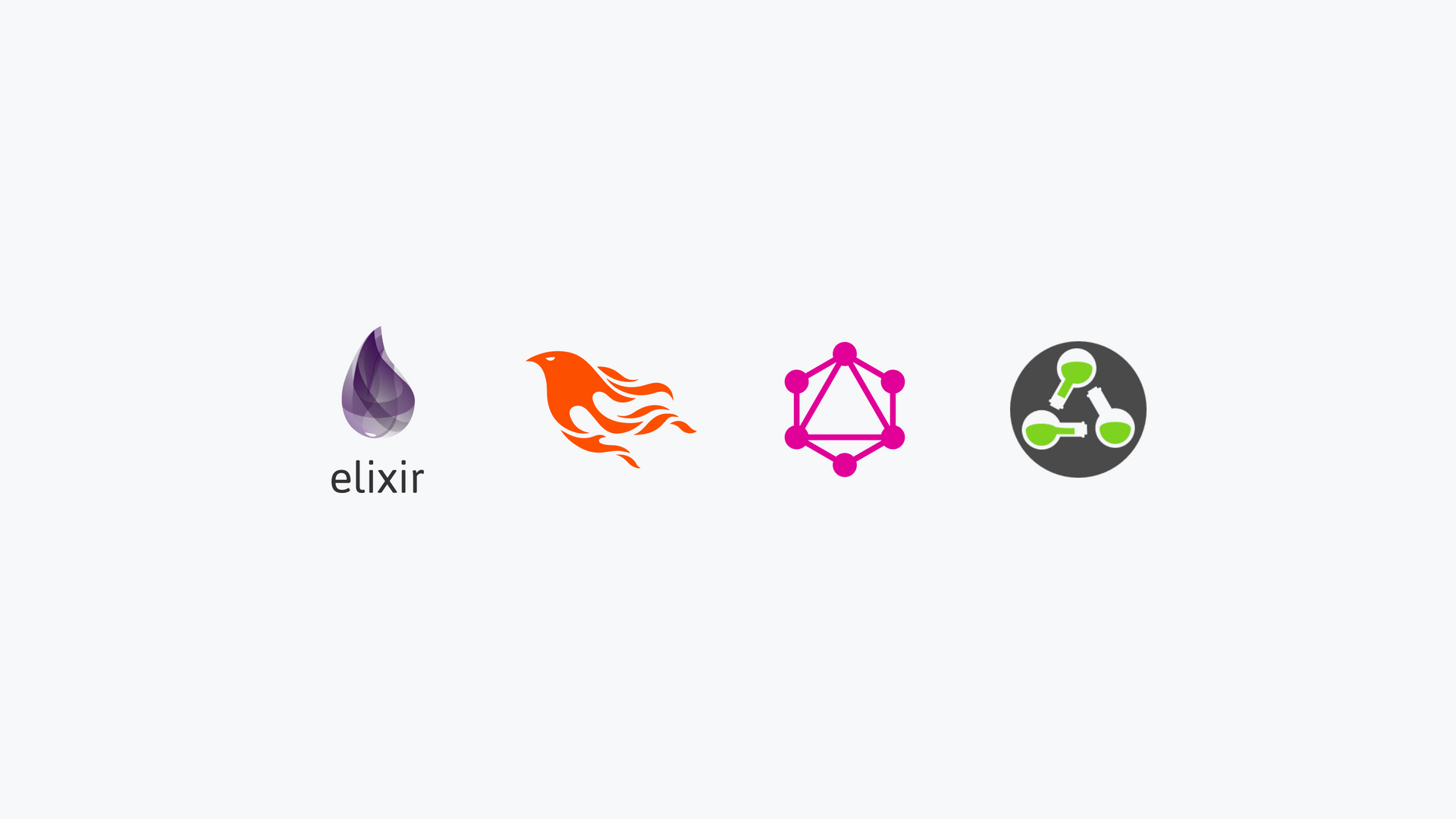
As you might guess, in our day-to-day, we write GraphQL queries and mutations for Phoenix applications using Absinthe to be able to create, read, update and delete records. In this context, the following feature was requested:
"add a group of photos/gallery when creating or editing one user”
A first (wrong) attempt
Without much thought (please don’t do this at home 😏), we immediately configured an AWS S3 bucket to host the images and changed the database accordingly by adding a column to the User table that would contain an array of images.
Initial User module
defmodule GraphiQLImages.User do
@moduledoc """
Module Schema for `User`.
"""
use GraphiQLImages.Schema
import Ecto.Changeset
schema "users" do
field(:email, :string)
field(:name, :string)
field(:surname, :string)
timestamps()
end
@email_regex ~r/^[A-Za-z0-9._%+-]+@[A-Za-z0-9.-]+\.[A-Za-z]{2,12}$/
@required_fields [:email, :name, :surname]
@optional_fields []
def changeset(user, attrs) do
user
|> cast(attrs, @required_fields ++ @optional_fields)
|> validate_required(@required_fields, message: "field_is_required")
|> unique_constraint(:email, message: "email_has_been_taken")
|> validate_format(:email, @email_regex, message: "invalid_email_format")
end
end
Updated User module
defmodule GraphiQLImages.User do
@moduledoc """
Module Schema for `User`.
"""
use GraphiQLImages.Schema
import Ecto.Changeset
alias GraphiQLImages.General.ImageEmbedded
schema "users" do
field(:email, :string)
field(:name, :string)
field(:surname, :string)
embeds_many(:gallery, ImageEmbedded, on_replace: :delete)
timestamps()
end
@email_regex ~r/^[A-Za-z0-9._%+-]+@[A-Za-z0-9.-]+\.[A-Za-z]{2,12}$/
@required_fields [:email, :name, :surname]
@optional_fields []
def changeset(user, attrs) do
user
|> cast(attrs, @required_fields ++ @optional_fields)
|> validate_required(@required_fields, message: "field_is_required")
|> unique_constraint(:email, message: "email_has_been_taken")
|> validate_format(:email, @email_regex, message: "invalid_email_format")
|> cast_embed(:gallery)
end
end
Now that we have the S3 bucket configured and the database schema adjusted, the next step is to adjust the mutation. We need to allow the API users to send the array of upload alongside the remaining user data (e.g.: email and name).
Initial User types
defmodule GraphiQLImagesGraphQL.User.Types do
@moduledoc """
Users Types
"""
use Absinthe.Schema.Notation
import Absinthe.Resolution.Helpers, only: [dataloader: 1]
alias GraphiQLImagesGraphQL.User.Resolver
##################
# Inputs Objects #
##################
@desc "The user input object"
input_object :user_input do
field(:email, non_null(:string))
field(:name, non_null(:string))
field(:surname, non_null(:string))
end
@desc "The update user input object"
input_object :update_user_input do
field(:email, :string)
field(:name, :string)
field(:surname, :string)
end
###############
# Objects #
###############
@desc "The user object"
object :user do
...
end
############
# Queries #
############
object :user_queries do
...
end
##############
# Mutations #
##############
object :user_mutations do
@desc "Create new user"
field(:user_create, :user) do
arg(:input, non_null(:user_input))
resolve(&Resolver.user_create/2)
end
@desc "Edit an user"
field(:user_update, :user) do
arg(:id, non_null(:id))
arg(:input, non_null(:update_user_input))
resolve(&Resolver.user_update/2)
end
end
end
Update User types
defmodule GraphiQLImagesGraphQL.User.Types do
@moduledoc """
Users Types
"""
use Absinthe.Schema.Notation
import Absinthe.Resolution.Helpers, only: [dataloader: 1]
alias GraphiQLImagesGraphQL.User.Resolver
##################
# Inputs Objects #
##################
@desc "The user input object"
input_object :user_input do
field(:email, non_null(:string))
field(:name, non_null(:string))
field(:surname, non_null(:string))
field(:gallery, non_null(list_of(non_null(:upload))))
end
@desc "The update user input object"
input_object :update_user_input do
field(:email, :string)
field(:name, :string)
field(:surname, :string)
field(:gallery, list_of(non_null(:upload)))
end
###############
# Objects #
###############
@desc "The user object"
object :user do
...
end
############
# Queries #
############
object :user_queries do
...
end
##############
# Mutations #
##############
object :user_mutations do
@desc "Create new user"
field(:user_create, :user) do
arg(:input, non_null(:user_input))
resolve(&Resolver.user_create/2)
end
@desc "Edit an user"
field(:user_update, :user) do
arg(:id, non_null(:id))
arg(:input, non_null(:update_user_input))
resolve(&Resolver.user_update/2)
end
end
end
Problem
When we add list_of(:upload)

field(:gallery, non_null(non_null(:upload))))
⚠️We found a problem⚠️ Absinthe doesn't allow the use of list_of(:upload)
https://github.com/absinthe-graphql/absinthe_plug/pull/201
Since this solution relies on a new GraphQL convention that doesn't exist elsewhere, I don't think we can adopt this.
Perhaps you could submit multiple mutations in a single GraphQL operation, one per file that you wish to upload? This is already possible and part of the GraphQL spec...
Closing this ticket hoping that this solution is workable!
Putting things in these terms, it is quite impossible to continue with the solution used so far.
A second attempt that actually works 🥳:
We got back to the drawing board and decided to create an image table with a foreign key to the user's table. And enable the addition of images separately from the creation of a user, providing a separate mutation just for adding images.
GalleryImage module
defmodule GraphiQLImages.User.GalleryImage do
@moduledoc """
The Gallery Image schema module
"""
use GraphiQLImages.Schema
import Ecto.Changeset
alias GraphiQLImages.General.Image.ImageEmbedded
alias GraphiQLImages.User
schema "user_gallery_images" do
embeds_one :gallery_image, ImageEmbedded, on_replace: :delete
belongs_to(:user, User)
timestamps()
end
@required_fields []
@optional_fields [:user_id]
def changeset(gallery_image, params) do
gallery_image
|> cast(params, @required_fields ++ @optional_fields)
|> foreign_key_constraint(:user_id, message: "invalid_identifier")
|> cast_embed(:gallery_image)
end
end
After we made all the changes in the user’s schema, we now need to update the mutations and types.
The solution was to allow the upload of an array of IDs when creating a user. These IDs are obtained by first uploading the images via the User_gallery_image_create mutation, which are then used/passed in the create user mutation.
To sum it up, we first execute the upload image mutation that returns the id that we later use in the create user mutation.
GalleryImage types
defmodule GraphiQLImagesGraphQl.User.GalleryImage.Types do
@moduledoc """
GalleryImage Types
"""
use Absinthe.Schema.Notation
alias GraphiQLImagesGraphQl.General.Resolver, as: GeneralResolver
alias GraphiQLImagesGraphQl.User.GalleryImage.Resolver, as: UserGalleryImageResolver
###############
# Objects #
###############
@desc "The user gallery image object"
object(:user_gallery_image) do
field(:id, non_null(:id))
field(:gallery_image, non_null(:file_image)) do
resolve(&GeneralResolver.gallery_image/3)
end
import_fields(:timestamps)
end
##############
# Mutations #
##############
object(:user_gallery_image_mutations) do
@desc "Create a new user gallery image"
field(:user_gallery_image_create, :user_gallery_image) do
arg(:gallery_image, non_null(:upload))
resolve(&UserGalleryImageResolver.user_gallery_image_create/2)
end
end
end
User types
defmodule GraphiQLImagesGraphQL.User.Types do
@moduledoc """
Users Types
"""
use Absinthe.Schema.Notation
import Absinthe.Resolution.Helpers, only: [dataloader: 1]
alias GraphiQLImagesGraphQL.User.Resolver
##################
# Inputs Objects #
##################
@desc "The user input object"
input_object :user_input do
field(:email, non_null(:string))
field(:name, non_null(:string))
field(:surname, non_null(:string))
field(:gallery, list_of(non_null(:id)))
end
@desc "The update user input object"
input_object :update_user_input do
field(:email, :string)
field(:name, :string)
field(:surname, :string)
field(:gallery, list_of(non_null(:id)))
end
###############
# Objects #
###############
@desc "The user object"
object :user do
field(:id, non_null(:id))
field(:email, non_null(:string))
field(:name, non_null(:string))
field(:surname, non_null(:string))
field(:gallery, list_of(:user_gallery_image)) do
resolve(dataloader(Repo))
end
import_fields(:timestamps)
end
############
# Queries #
############
object :user_queries do
@desc "Get an user by `id`"
field :user, :user do
arg(:id, non_null(:id))
resolve(&Resolver.user/3)
end
end
##############
# Mutations #
##############
object :user_mutations do
@desc "Create new user"
field(:user_create, :user) do
arg(:input, non_null(:user_input))
resolve(&Resolver.user_create/2)
end
@desc "Edit an user"
field(:user_update, :user) do
arg(:id, non_null(:id))
arg(:input, non_null(:update_user_input))
resolve(&Resolver.user_update/2)
end
end
end
Prevent the existence of unused images
The process described before has the problem of possibly creating/storing images that are never used. For example, a user can upload several images but reloads the browser before actually creating the user.
To prevent this, we created a GenServer that, every day, checks for images that are not in use and deletes them from the S3 bucket.
ImageCleanWorker process
defmodule GraphiQLImages.User.GalleryImage.Process.ImageCleanWorker do
@moduledoc """
Module worker to clean unused images (image inserted at least 2 days ago) from the database.
"""
use GenServer, restart: :transient
alias GraphiQLImages.General.Clock
alias GraphiQLImages.User.GalleryImage.Query, as: GalleryImageQuery
alias GraphiQLImages.User.GalleryImages
def start_link(arg) do
GenServer.start_link(__MODULE__, arg, name: :image_clean_worker)
end
def init(state) do
schedule()
{:ok, state}
end
def handle_info(:run_image_clean_worker, state) do
run_image_clean_worker()
schedule()
{:noreply, state}
end
# Clean unused images (image inserted at least 2 days ago) from the database and S3
defp run_image_clean_worker do
GalleryImageQuery.filter_by_nil_user()
|> GalleryImageQuery.filter_by_inserted_at(Timex.shift(Clock.now(), days: -2))
|> GalleryImages.delete()
end
defp schedule,
do:
Process.send_after(
self(),
:run_image_clean_worker,
next_day_schedule_time()
)
defp next_day_schedule_time(schedule_hours \\ 4) do
# ensure the next run hour is exactly the @email_sending_hour [hour]
next_hour = 24 - DateTime.utc_now().hour + schedule_hours
# ensure the minute is exactly 0 [ms * sec]
next_minutes = 1000 * 60 * DateTime.utc_now().minute
# [ms * sec * minute]
1000 * 60 * 60 * next_hour - next_minutes
end
end
This second attempt is available in this repository.
That’s a wrap
Hope the article helps you support the upload of multiple images on a form.
Even though our final solution is not perfect. As it requires the user’s API to do a multi-step form submission when creating a user: first upload the images to the API and then submit the form data with the IDs received in the previous step.
Our skilled frontend team managed to turn the cons into pros by immediately uploading the images, while the user is still filling in the remaining fields, making the whole process faster for the user.
Feel free to check out our repository and create a pull request with a different solution, we are always eager to look into better solutions!
As a final note, you might have noticed the reference to Balu in the code snippets. Balu is an internal project that we have been building to help animal associations list sheltered animals for adoption. There are plenty of other features we want to add, so stay tuned!
